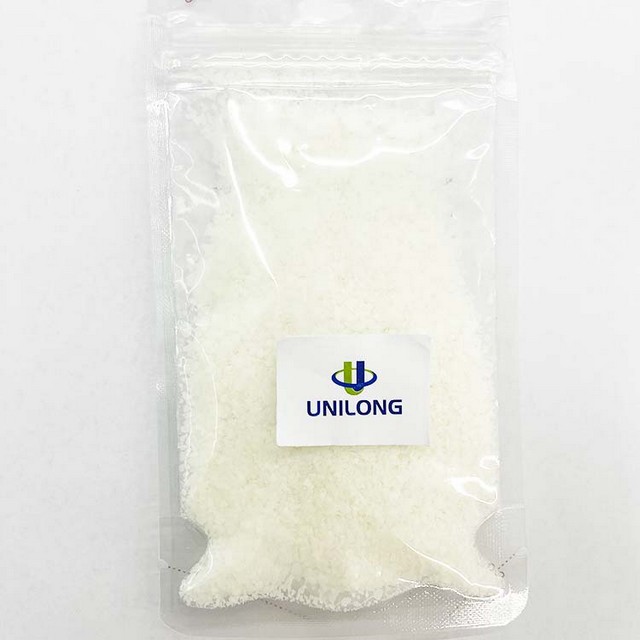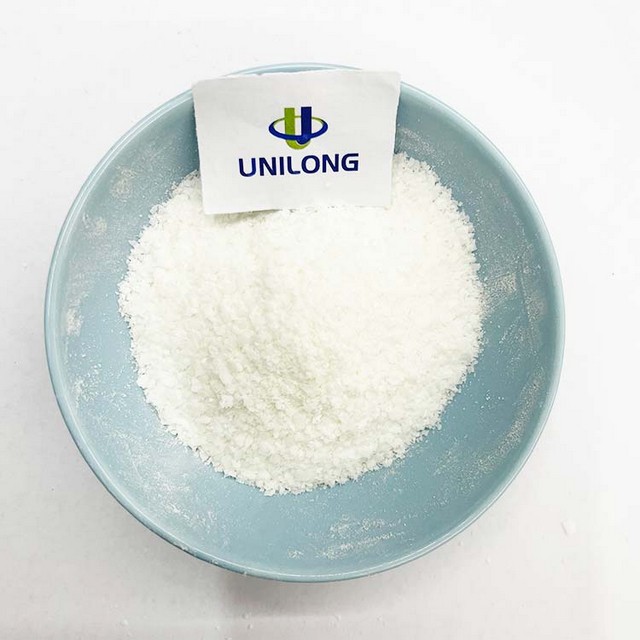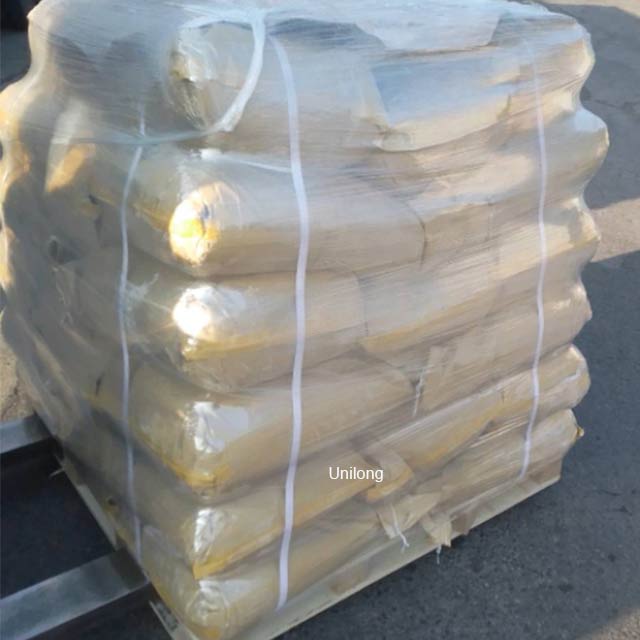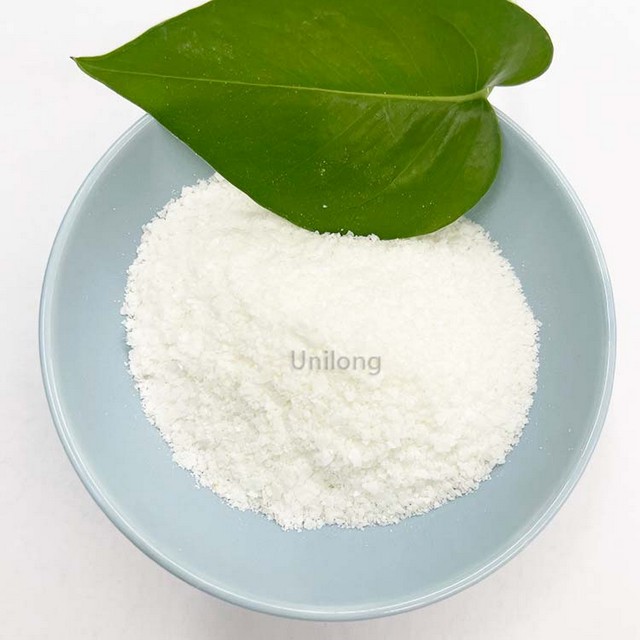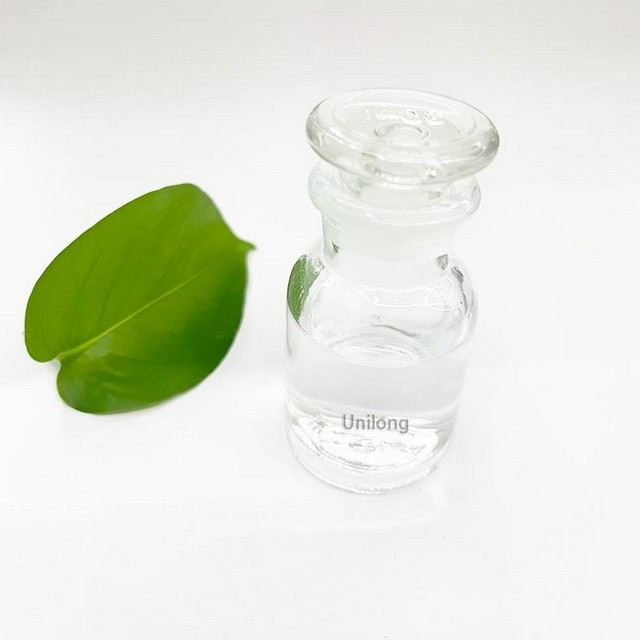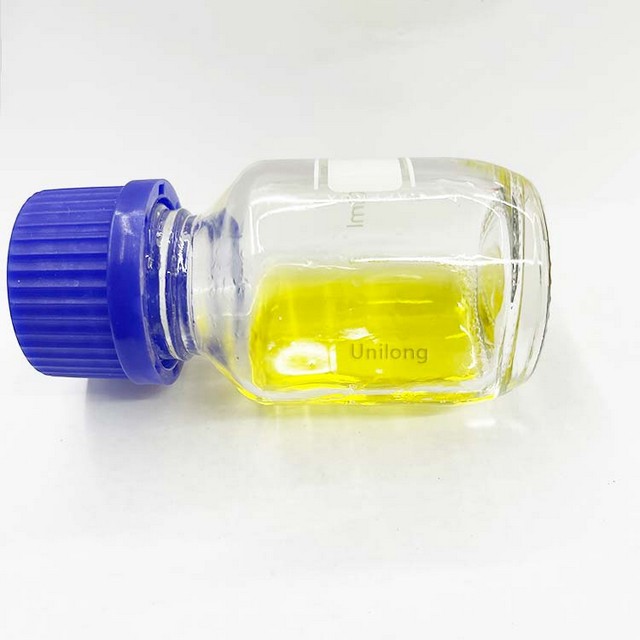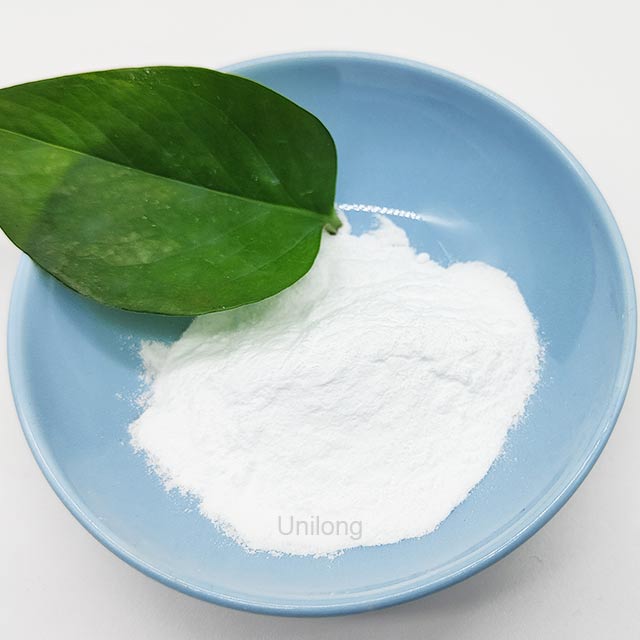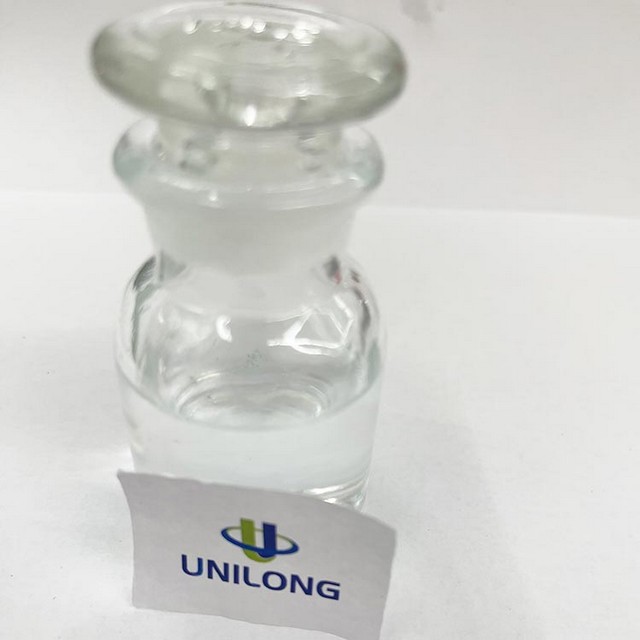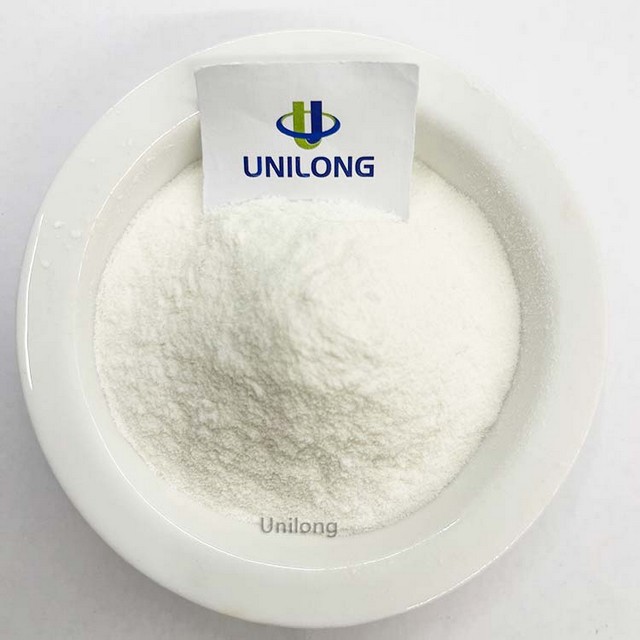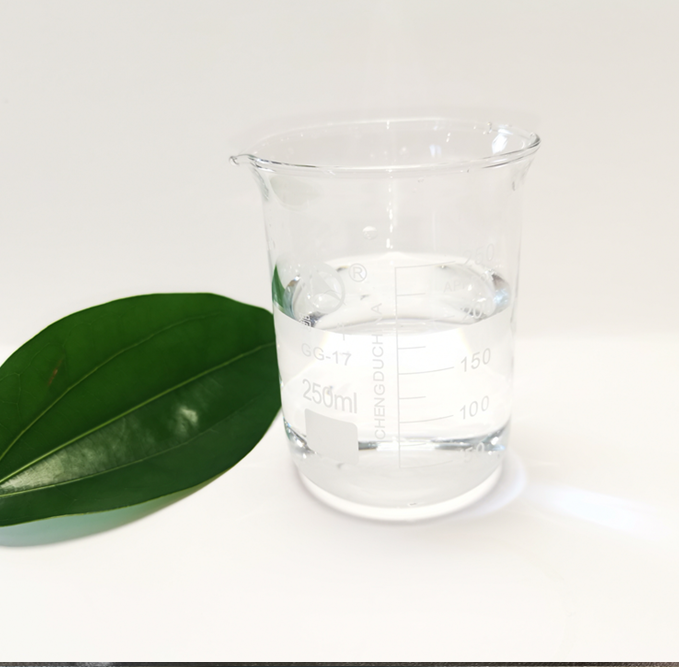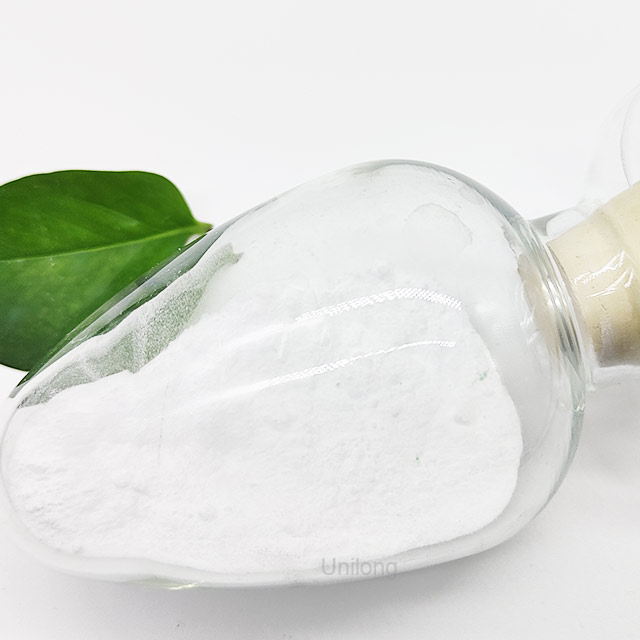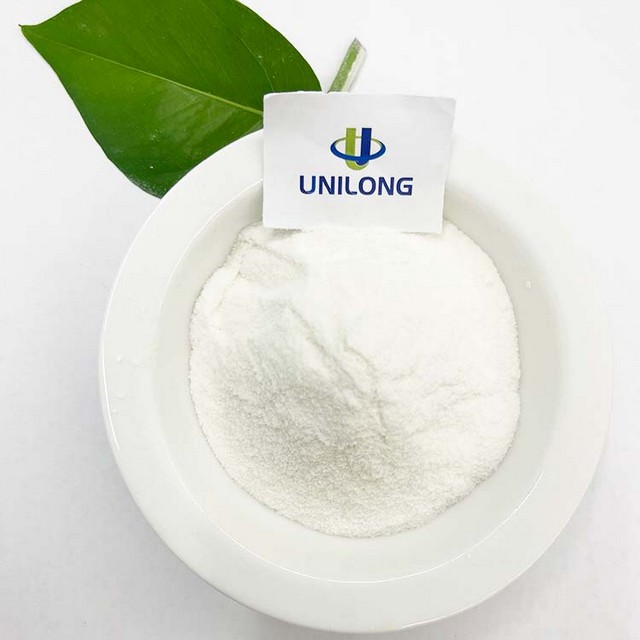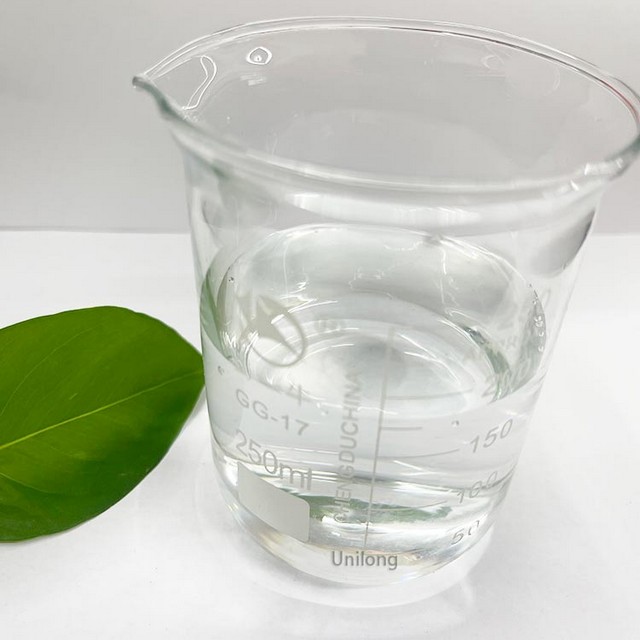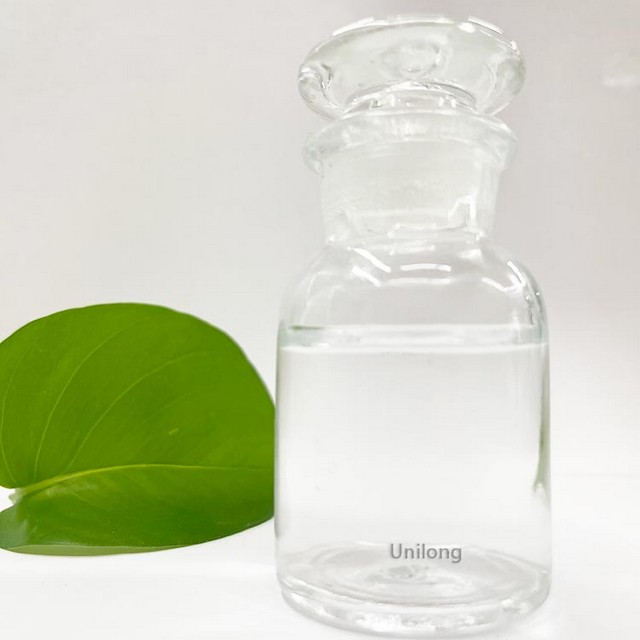Cas:3033-77-0
Purity:93%min
Molecular formula:C6H14ClNO
Molecular weight:151.63
EINECS:221-221-0
Synonyms:GLYCIDYLTRIMETHYLAMMONIUMCHLORIDETECH; N,N’,N”-Trimethloxiranemethanaminiumchloride; (2,3)-Epoxypropyl)trimethyl; (2,3-epoxypropyl)trimethyl-ammoniuchloride; glycidyltrimethylammonium;glytac
What is 2,3-Epoxypropyltrimethylammonium chloride?
2,3-Epoxypropyltrimethylammonium chloride is a white solid at room temperature, easily soluble in water, and can absorb water and dissolve when exposed to air. The molecular weight is 151.5 and the melting point is 140℃. 2,3-Epoxypropyltrimethylammonium chloride contains quaternary ammonium and epoxy groups in its molecules. It is easy to react chemically with compounds containing active hydrogen to obtain a variety of functional chemicals containing quaternary ammonium groups.
When participating in the reaction, no alkali is added or a small amount of alkali is added for catalysis, so there are few by-products and the process operation is simple.2,3-Epoxypropyltrimethylammonium chloride has a wide range of uses. It can react with a variety of substrates such as starch, cellulose, guar gum, polyacrylamide, etc. to produce a variety of products.
Specification
| Item | Standard
|
| Appearance | White or light yellow powder or granules |
| Purity | ≥93% |
| Ppm Epichlorohydrin | ≤1000 |
Application
(1) Papermaking industry:
Glycidyltrimethylammonium reacts directly with starch to produce cationic starch, which is widely used in the papermaking industry as a retention and drainage aid, dry and wet enhancer, and surface sizing agent.
(2,3)-Epoxypropyl)trimethyl is suitable for use by cationic starch professional manufacturers and is particularly easy for paper mills to make their own cationic starch.
(2) Daily chemical industry:
The quaternary ammonium compound generated by the reaction of glycidyl trimethyl ammonium chloride with cellulose is an important conditioning agent in two-in-one shampoo and is used in various cosmetics.
It has no irritation or damage to the skin and hair and has good compatibility with other anionic surfactants. The cationic guar gum generated by the reaction of guar gum with EPTAC is also an important daily chemical.
(3) Petroleum industry:
The development history of petrochemical science shows that oilfield chemicals are transitioning from the past anionic system and non-ionic system to a complex system with cations. 2,3-Epoxypropyltrimethylammonium chloride can react with a variety of natural and synthetic polymers with negative charge to undergo cationic quaternization modification, thereby giving them new properties and application areas.
In the petroleum industry, EPTAC itself is an excellent clay stabilizer. The products generated by the reaction of EPTAC with other substrates are more widely used in oil fields. EPTAC can be found in drilling mud, oil recovery agents, oilfield wastewater treatment, etc.
(4) Water treatment industry:
Suspended solids in water are negatively charged, and cationic polymers are widely used as flocculants in water purification. Compared with inorganic flocculants, organic cationic polymers have the advantages of small dosage, fast flocculation speed, small influence of coexisting salts, pH and temperature, small amount of sludge generated and easy to handle.
Cationic polymer flocculants are the most effective and important flocculants in practical applications. Cationic polymers generated by EPTAC reactions will have a wide range of uses in the water treatment industry.
Packing
25kg/bag, or as per customer’s requirements

Synonyms
GLYCIDYLTRIMETHYLAMMONIUMCHLORIDETECH; N,N’,N”-Trimethloxiranemethanaminiumchloride; (2,3)-Epoxypropyl)trimethyl; (2,3-epoxypropyl)trimethyl-ammoniuchloride
